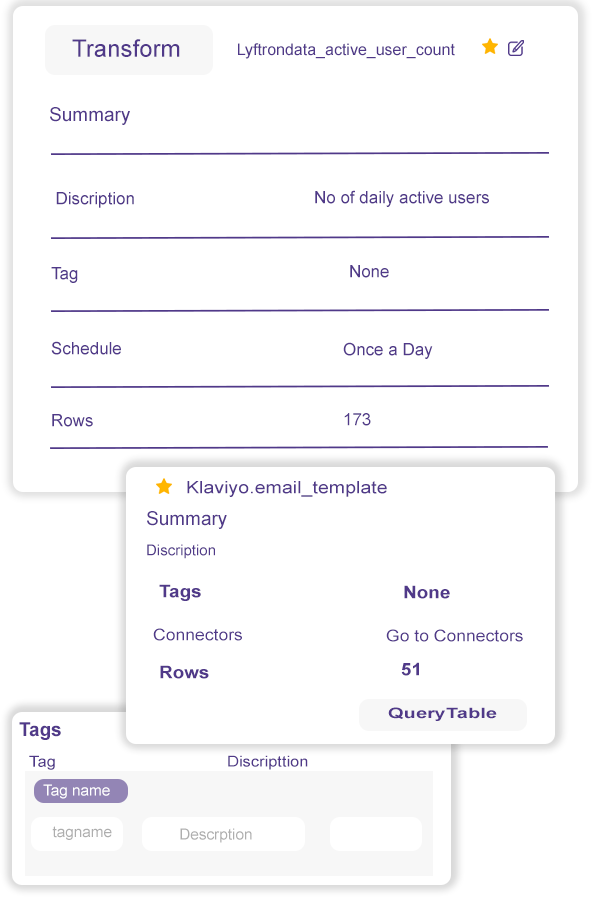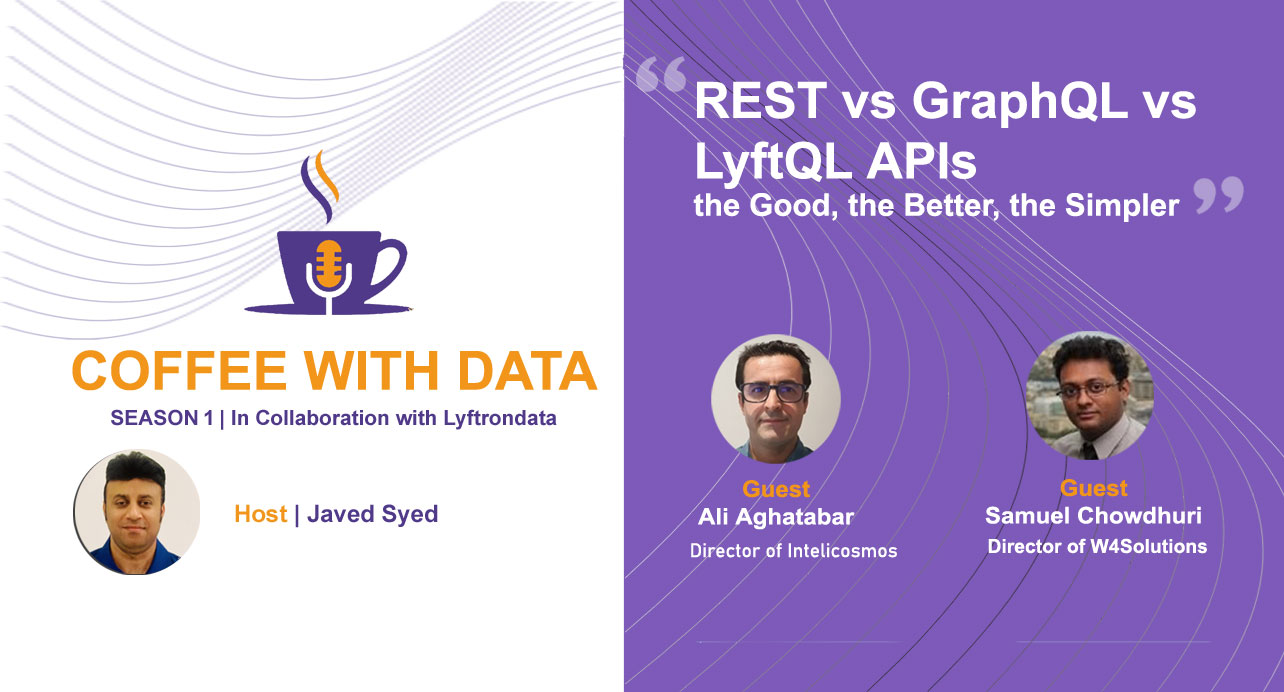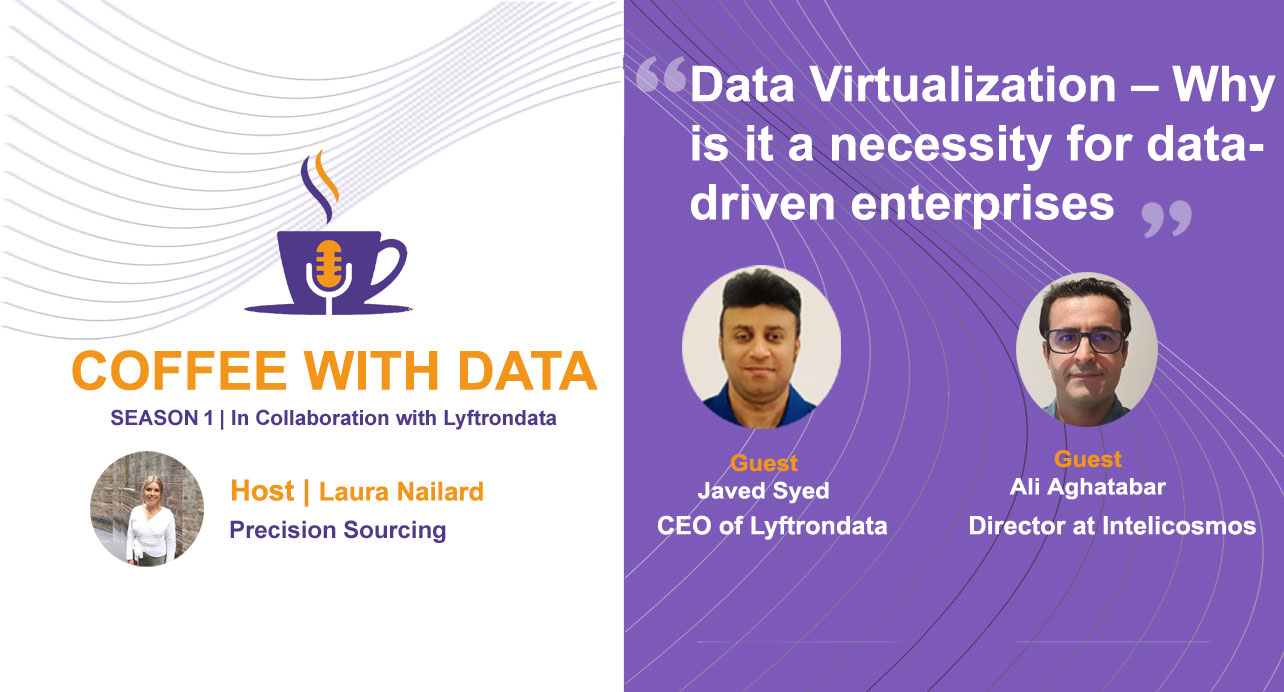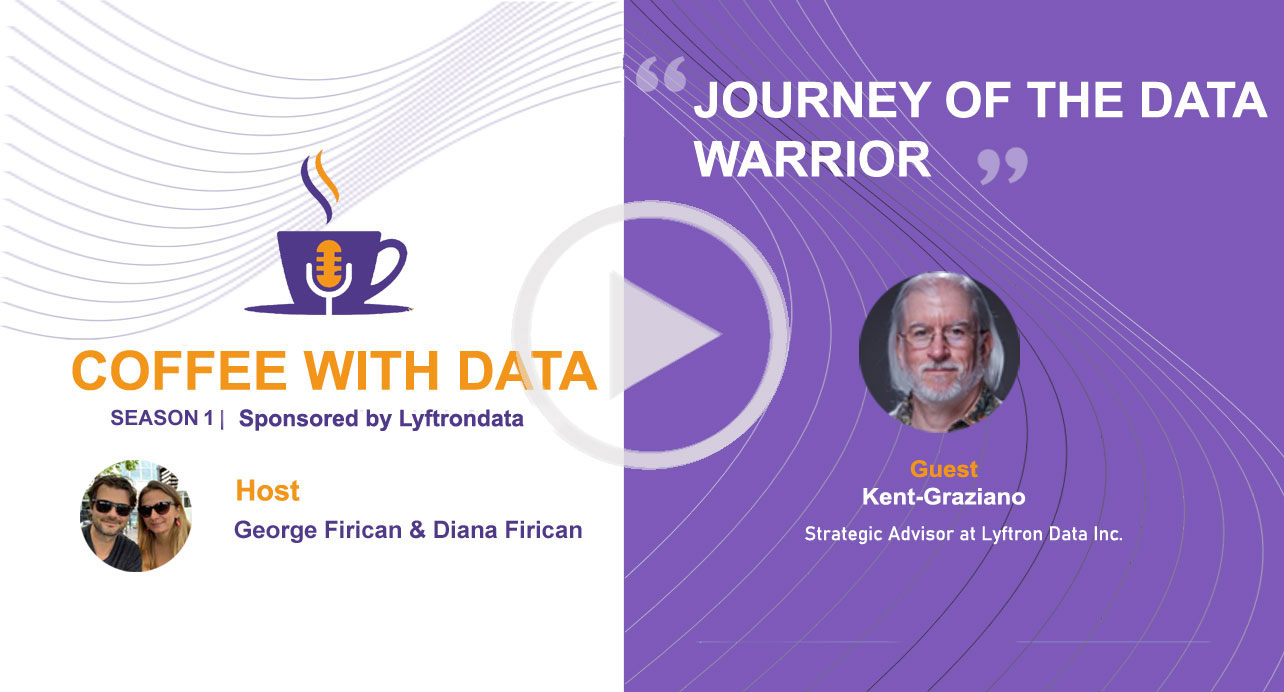Discover, understand, and manage your data like never before
Enterprise-Wide Data Catalog and Data Lineage empower data-driven enterprises to quickly discover, understand, and manage all their data assets and keep them up-to-date.

Work efficiently and effectively

Simplify data discovery at all scales
Transform messy, unstructured data to facilitate and improve analysis. Find, comprehend, and manage every piece of data via a robust visual interface. Search by object types, such as database, table, schema, view, column, and pipeline, with a few clicks. This comprehensive data catalog enhances your data organization and data discovery capabilities.
Achieve compliance with data privacy best practices
Maintain high security for your data in the cloud. Stay up-to-date on privacy requirements, identify and remediate any gaps in your compliance, and optimize your overall data governance strategy. Lyftrondata ensures your data management practices adhere to the highest standards of data security and regulatory compliance.
Be in control of your data
Enable data governance that helps validate and improve data quality while protecting it from misuse. Experience up-to-date and accessible data at all times. Our anti-corruption layer allows nested tagging by resource groups to ensure effective and efficient data usage and data classification.
Spend less time organizing your data
Focus your time and energy on your projects as needed. Organize and tag your tables, transforming them into groups by project, team, or status. This streamlined approach to data organization facilitates easier data accessibility and management.
Hear how Lyftrondata helped accelerate the
data journey of MOL Group
data loading
saving
productivity
reduction
 Lyftrondata enables instant analytics on WNI weather data that helped us
Lyftrondata enables instant analytics on WNI weather data that helped us
streamline shipping lines 

Koichi Tsuji
Director at Consulting Partner at MOL Group
Organizing data has never
been simpler

Data governance framework with Lyftrondata

Search and discover

Centralized data discovery

Tagging and categorization

Relationship identification
Become a dossier maestro

Rest vs GraphQL vs LyftQl API
Watch our recent episode and hear experts as they shared how REST, GraphQL, and LyftQL APIs. GraphQL has recently emerged as a promising alternative to REST APIs.

Why is it neccessity for data driven enterprises
In the episode, experts discussed what is modern-day data virtualization and how it has always been a vital part of all data-driven businesses.

Journey of the data Warrior
In this episode, Kent Graziano shared several ideas which can generate excellent value for enterprises to be data-driven.
FAQs
What is a data catalog and why is it important?
A data catalog is a comprehensive inventory of data assets within an organization, providing a single reference point for locating, understanding, and managing data. It is essential for enhancing data accessibility, governance, and analytics by organizing data assets and making them easily discoverable.
How does Lyftrondata's data catalog improve data discovery and management?
Lyftrondata's data catalog simplifies data discovery by providing a robust visual interface to search, understand, and manage all data assets. It includes features like metadata management, tagging, and categorization, which help in organizing data efficiently and improving data governance.
What features does Lyftrondata offer for metadata management?
Lyftrondata provides comprehensive metadata management tools that allow users to catalog and manage metadata for all data assets. This includes capabilities for data lineage, data classification, and automated metadata generation, ensuring that data is accurately described and easily accessible.
How can Lyftrondata help with data governance and compliance?
Lyftrondata's data catalog supports data governance by enforcing data quality standards, securing data assets, and ensuring compliance with regulatory requirements. The platform offers tools for data classification, tagging, and policy enforcement, which help organizations maintain data integrity and privacy.
Can Lyftrondata integrate with existing data management tools?
Yes, Lyftrondata is designed to integrate seamlessly with a wide range of data management and analytics tools. This includes databases, data warehouses, BI tools, and other enterprise data platforms, facilitating a unified approach to data management.
How does Lyftrondata enhance data accessibility for users?
Lyftrondata enhances data accessibility by providing a centralized data catalog that users can search and navigate easily. The platform's intuitive interface and powerful search capabilities allow users to quickly find and access the data they need, promoting data-driven decision-making.
What are the benefits of using Lyftrondata for data classification?
Using Lyftrondata for data classification helps organizations maintain a clear and organized view of their data assets. It supports nested tagging, categorization by project or team, and automated classification based on predefined rules, ensuring that data is easily discoverable and manageable.
How does Lyftrondata support data security?
Lyftrondata supports data security through multi-level security measures, including encryption, access controls, and compliance with data privacy regulations. The platform ensures that data is protected from unauthorized access and misuse, providing peace of mind for data administrators.
What types of data can be cataloged in Lyftrondata?
Lyftrondata can catalog a wide variety of data types, including structured and unstructured data from databases, data lakes, cloud storage, and other data sources. This flexibility allows organizations to maintain a comprehensive inventory of all their data assets.
How does Lyftrondata facilitate regulatory compliance?
Lyftrondata facilitates regulatory compliance by providing tools for data governance, quality assurance, and metadata management. The platform helps organizations adhere to data privacy regulations by ensuring that data is properly classified, tagged, and secured according to compliance standards.
Easily build end-to-end data pipelines for breakthrough results
